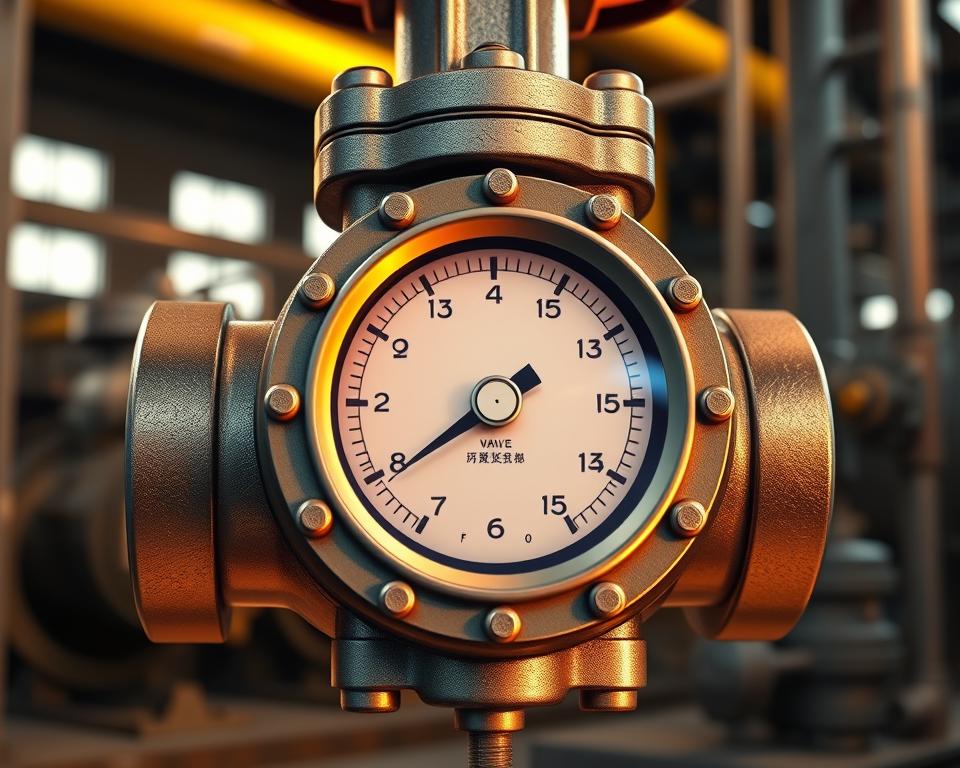Cast-Iron Gate Valves: Rugged Utility Flow Control
Good to know: Over 60% of public distribution networks still rely on legacy shutoff equipment for dependable isolation during emergencies.
We offer a industrial-grade line of Cast Iron Gate Valve Manufacturer built for extended service life in industrial, commercial, and municipal use throughout the U.S.. Each unit pairs a robust body and bonnet with a time-tested gate design to resist wear and reduce corrosion under variable pressure and temperature cycles.
The straight-through gate reduces flow restriction at full open, helping systems move water and compatible media with lower pressure drop. Engineers and service crews prefer the straightforward serviceability, widely used connection options, and readily available parts that simplify selection and repairs.
This family includes multiple series and class ratings to meet standard duty ranges, end connections, and operator preferences. Expect repeatable sealing, consistent operating torque, and economical ownership focused on uptime and low life-cycle cost.
Why It Matters
- Built for long-lasting shutoff and consistent flow control in varied environments.
- Rugged construction stands up to wear, corrosion, and mechanical stress.
- Gate design offers low flow restriction and reduced pressure loss.
- Provided in multiple series and class ratings to match standard specs.
- Simple upkeep, common parts, and predictable sealing improve uptime.
Reliable, Precise Flow Control with Cast Iron Gate Valves
Engineered shutoff units with precision-machined wedges and precision seats provide steady performance across commissioning, operation, and shutdown cycles. Stout iron bodies and tight-sealing seats yield repeatable sealing. That consistency supports safe isolation and reduces unplanned downtime.
Smooth-operating characteristics lower handwheel effort and help techs position the wedge accurately. Straightforward stems and common accessories make it easy to adapt a valve to manual or automated controls. Less effort streamlines routine checks and repairs.

Stem Options and Performance
| Aspect | OS&Y-style Rising Stem | Non-Rising Stem |
|---|---|---|
| Position indication | High — stem travel shows position | Low — compact design |
| Space requirement | Requires overhead clearance | Good for confined/buried installs |
| Maintenance | Accessible for checks | Low profile with similar longevity |
When fully opened, the straight-through, full-port passage delivers low pressure loss and smooth throughput. Tight shutoff limits leakage risk and maintains target pressure for downstream equipment. Together, these qualities lower life-cycle cost and enhance system uptime across general commercial and light-industrial applications.
Cast Iron Gate Valves: Specs, Designs, and Options
Detailed design choices—body material, stem type, and flange standard—dictate fit and performance as well as serviceability.
Body & Bonnet Construction
The body and bonnet use cast iron for structural strength and vibration dampening. Machined guides hold the gate true for consistent sealing.
Comparing Rising and Non-Rising Stems
A rising stem provides a visible position reference and is simple to inspect but requires overhead space. A non-rising stem conserves headroom and shelters threads in the bonnet.
Both stem designs are compatible with standard handwheels and can be actuator-ready or add-on position indicators when automation is required.
Class 125 Guidance
Class 125 rating is common for water and general service within moderate temps. Check published pressure-temperature limits to verify suitability for the intended operating envelope.
Flange Details and Dimensions
| Feature | Standard | Details |
|---|---|---|
| Flange drill pattern | Standard ASME drilling | Fits standard piping layouts |
| F2F length | Industry series lengths | Check spec sheet for exact dimension |
| Bolt pattern | Grade and torque per spec | Gasket choice influences seal |
- Range: available from small line sizes to larger mains with multiple series and trim options for durability and maintainability.
- Trim choices and packing: seat and wedge materials optimize tight shutoff and longevity; enhanced packing and bonnet gaskets improve stem sealing.
- Integration tips: verify F2F length, bolt patterns, and torque values ahead of install.
Applications, Compliance, and System Integration
Applications for these Resilient Seated Gate Valve span municipal water mains, building risers/standpipes, and pump-room isolation points where consistent shutoff matters.
Water distribution and fire systems routinely deploy these as sectional and control valves. They offer clear position feedback and robust shutoff for life-safety and utility networks.
Flow, shutoff, and bi-directional service
The gate design permits shutoff in either flow direction when installed per manufacturer guidance. This flexibility simplifies layout decisions and works with redundant runs.
Serviceability and Bonnet Integrity
Accessible bonnet bolts, guided gates, and serviceable packing streamline inspection/repacking. Proper packing adjustment maintains stem sealing through repeated cycles.
OS&Y Indicators and Best Practices
External indicators and OS&Y styles provide visible open/closed status for inspections. Even with two-way capability, adhere to the recommended orientation and clearance guidance to ensure safe operation.
| Application | Primary Benefit | What to Verify |
|---|---|---|
| Municipal mains | Dependable isolation | Verify Class 125 limits |
| Fire systems | Clear status for inspectors | Provide indicator/OS&Y style |
| Mechanical rooms | Service access | Confirm flange/F2F compatibility |
Conclusion
Invest in proven shutoff equipment that pairs sturdy construction with predictable flow control.
These valves deliver durable isolation and reliable control across water and utility systems. Count on easy installation and service-friendly upkeep for lasting reliability.
Key specs include Class 125 rating, a strong body/bonnet set, and engineered stem sealing to keep performance steady across commercial and plant environments.
Multiple series and common sizes, plus handwheel or actuator-ready configurations, simplify system matching. Visible position indication and smooth stem travel improve daily operation and response under changing conditions.
The wedge-and-seat design supports leak-tight closure and low pressure loss. Confirm sizes, end connections, and accessories at specification time to move procurement and commissioning faster.
Select valves built to rigorous standards. Our team can review class, sizing, and series choices to align equipment with your operating and maintenance goals.
